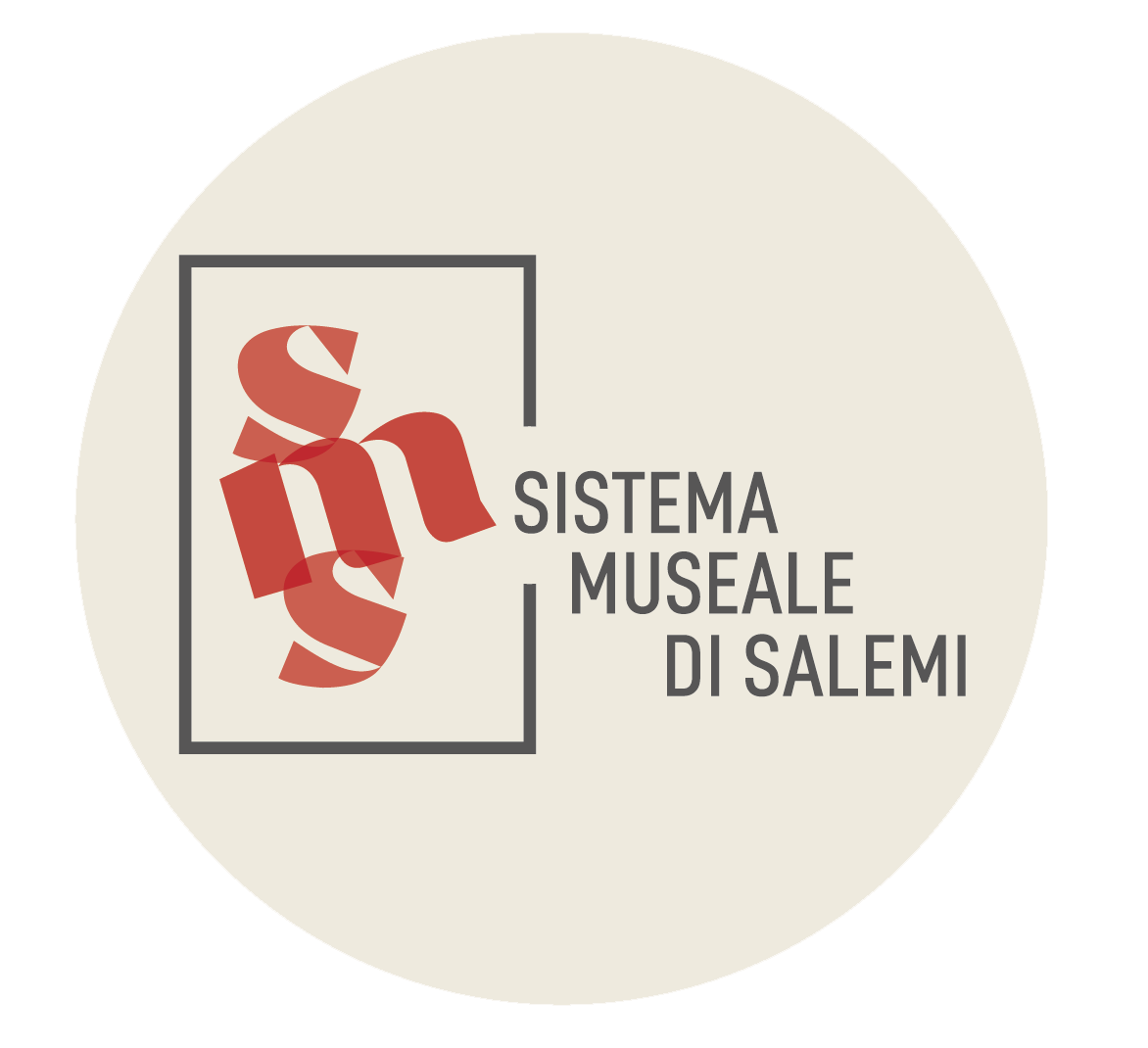Old town
The historical center of Salemi occupies a hilly relief not far from the settlements of Mokarta and Mount Polizo. Recently archaeological research has confirmed the ancient origins of Salemi, always identified with the elima city of Aliciae. As documented by excavation tests carried out in different parts of the city, indigenous peoples, in close contact with the Greek and Punic centers of the coast, occupied the hill since archaic times (V-VI century B.C.). Research has shown that the center continued to be inhabited even in Roman times and, subsequently, during the Islamic and Norman-Swabian period, as attested by the imposing castle.
Archaeological investigations conducted in the historic center of Salemi since 2001 by Northern Illinois University have allowed the researchers to identify structures of the Greek period (IV-V century B.C.). The research carried out in the area in front of the Norman-Swabian castle has brought to light the remains of a public building of the Islamic period and other finds of medieval times. In addition, they identified a house of the Greek period (VII-VI century B.C.) from which a precious gold earring with a lion’s head and numerous valuable objects belong. Further research has revealed the presence of aRoman-Republican period cistern right near the well-known mosaic discovered by Antonino Salinas at the end of the 19th century. The research will continue with the aim of confirming the hypothesis of identification of Salemi with the ancient Aliciae.
